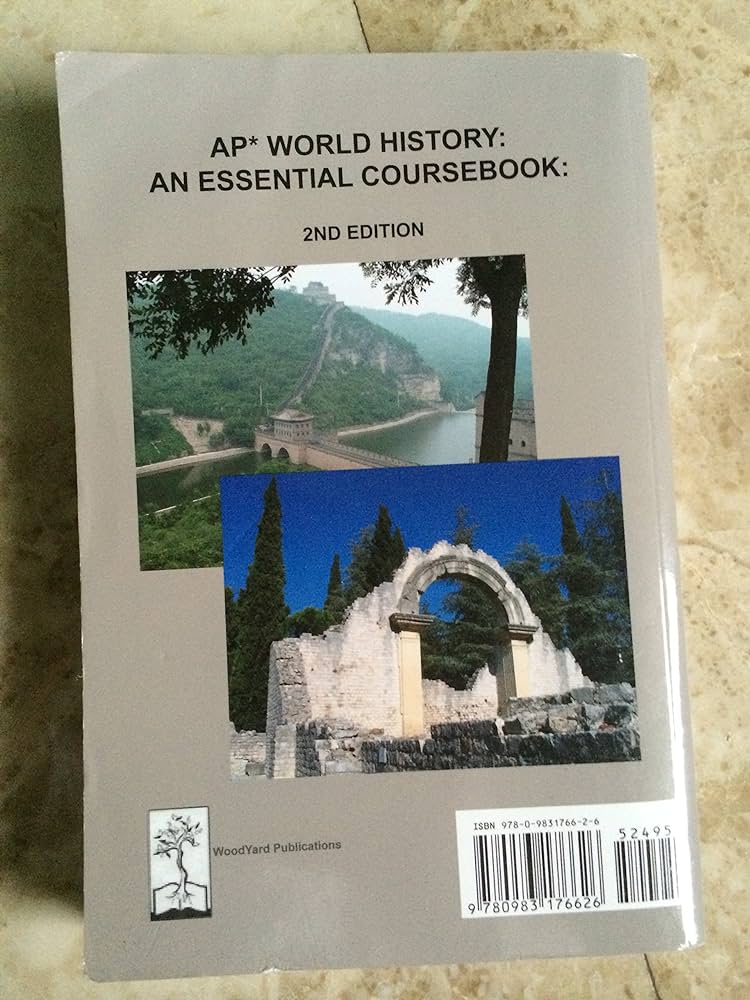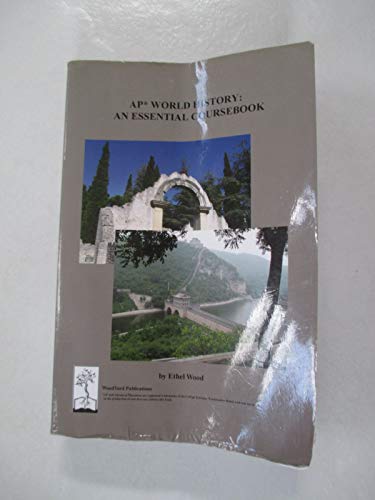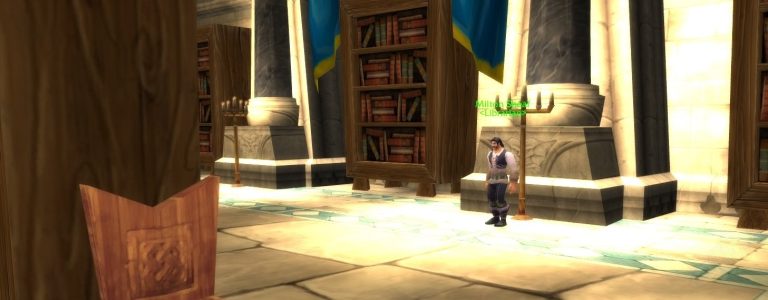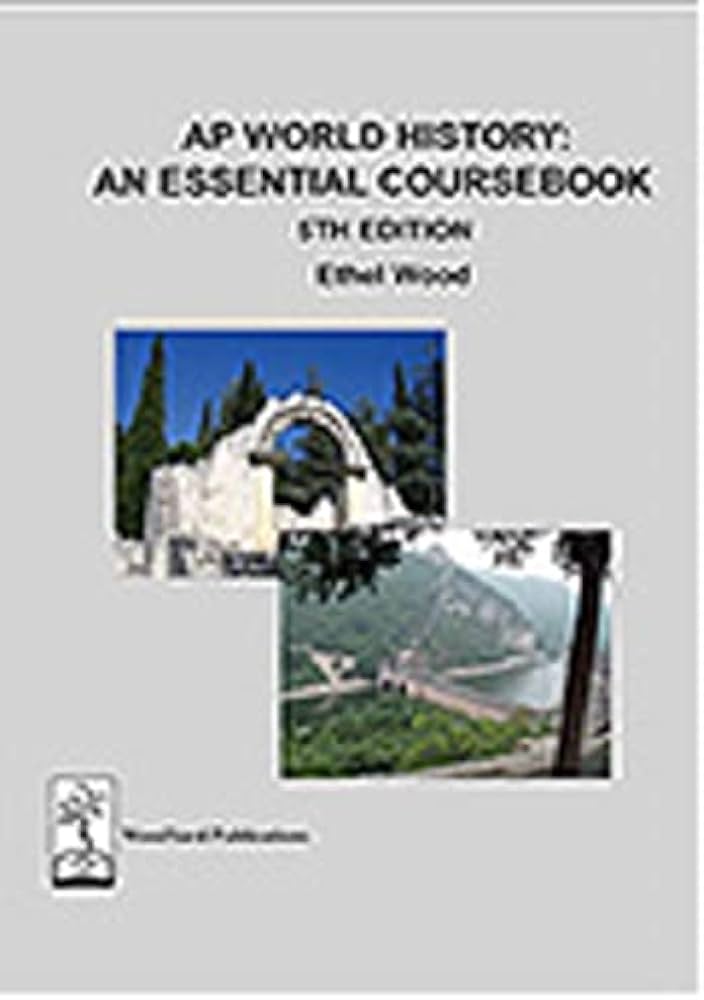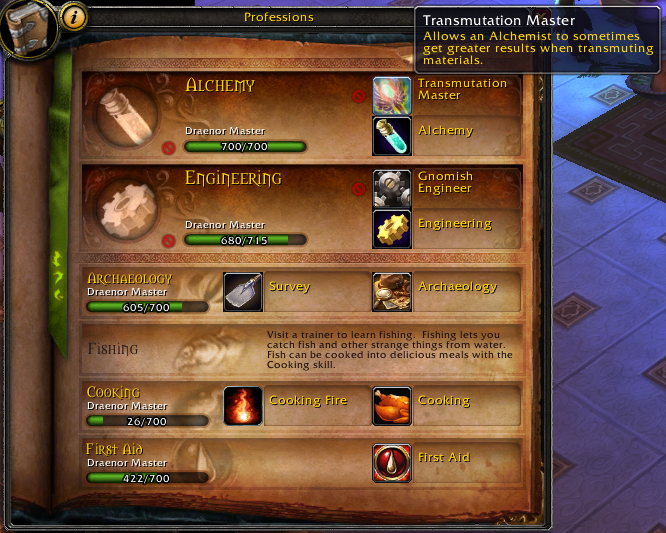What Was Galileo Forced To Say?
Galileo Galilei, a famous Italian astronomer, mathematician, physicist, and philosopher, was forced to recant his scientific discoveries due to pressure from the Catholic Church. In 1633, Galileo was brought before the Inquisition and forced to recant his belief that the Earth revolved around the Sun, which was contrary to the teachings of the Church. Galileo was also forced to publicly deny his Copernican theories and profess his belief in the Church’s geocentric model of the universe. He was sentenced to life imprisonment, which was later commuted to house arrest. Although Galileo was forced to recant his scientific discoveries, his work ultimately paved the way for further study and exploration of the universe.
Galileo’s Background
and Trial
Galileo Galilei (1564-1642) was an Italian astronomer, physicist, and mathematician who is widely considered to be one of the most influential scientists of all time. During his lifetime, Galileo made monumental discoveries about the universe, such as his theory that all celestial bodies revolve around the Sun, and his invention of the telescope. However, his revolutionary ideas were not widely accepted by the Catholic Church, and he was put on trial for heresy in 1633. During the trial, Galileo was forced to recant his heliocentric view of the universe, and he famously declared: “I do abjure, curse and detest the said errors and heresies, and generally all other errors and heresies contrary to the Holy Catholic Church.” Although he was eventually found guilty of heresy, Galileo’s trial has become a symbol of the struggle between freedom of thought and religious orthodoxy.
Galileo’s Controversial Discoveries
In the 1600s, Italian scientist Galileo Galilei pushed the boundaries of scientific discovery by advocating heliocentrism and challenging the notion of a geocentric universe. His discoveries were so controversial that he was eventually forced to recant his theories. But what exactly did Galileo say, and why did it cause such a stir?
Galileo’s main discovery was that the Earth and other planets revolved around the Sun, rather than the Sun revolving around the Earth. This contradicted the teachings of the Catholic Church which held that the Earth was the center of the universe. Galileo’s heliocentrism theory was based on his observations with the telescope, which he had invented himself.
In 1616, the Catholic Church declared heliocentrism as heretical. Galileo was summoned to Rome and forced to recant his theories in order to avoid imprisonment. He agreed to publicly declare that the Earth was “immovable and fixed in the center of the universe” and that the Sun revolved around it.
For centuries, Galileo’s discoveries have been seen as a stepping stone for scientific progress. His courage to challenge the teachings of the Church, and to stand by his scientific findings, has been an inspiration to many. Despite being forced to recant his theories, Galileo’s discoveries remain an important part of scientific history.
The Roman Inquisition
of 1633 sentenced Galileo Galilei to life imprisonment for his controversial ideas, including his support of heliocentrism. This trial was more than an ideological dispute between science and religion; Galileo was forced to recant his beliefs and say that the Sun does not move around the Earth. In this blog post, we take a look at the events leading up to Galileo’s trial and the implications of his forced recantation.
The trial of Galileo in 1633 was a watershed moment in the history of science and religion. Galileo, an Italian physicist and astronomer, had been advocating heliocentrism – the idea that the Earth and other planets revolve around the Sun. This was a radical departure from the traditional view that the Sun revolved around the Earth, and was seen as an affront to the Roman Catholic Church. In response, the church charged Galileo with heresy, and he was summoned to Rome to stand trial before the Inquisition.
Before the court, Galileo was forced to recant his beliefs and declare that the Sun does not move. Although this was a great humiliation for Galileo, it was also a crucial moment in the development of scientific thought. By recanting his beliefs, Galileo allowed science to proceed in a new direction, free from the oppressive control of the Church.
Galileo’s trial was a crucial event in the history of science and religion, and its effects are still felt today. Despite his forced recantation, Galileo’s ideas eventually won out and his work helped to lay the foundations of modern science. Even today, the story of Galileo and his trial serves as a reminder of the power of science to challenge long-held beliefs and bring about meaningful change.

The Edict of 1616
was an infamous decree issued by the Roman Inquisition, forcing Galileo Galilei to recant his heliocentric theories. It marked a turning point in the history of science, and a stark reminder of the power of the Church at the time.
Galileo Galilei was a renowned scientist and mathematician in 17th century Italy. His groundbreaking discoveries in astronomy and physics challenged the existing understanding of the world and the position of the Church. His heliocentric theories placed the sun at the center of the universe, rather than the Earth, a move that was seen as heretical by the Catholic Church. In 1616, the Roman Inquisition declared his theories to be false and placed him under house arrest, forcing him to recant his beliefs.
The Edict of 1616 was an important moment in the history of science. It highlighted the power of the Church and the limits of scientific inquiry. The Edict led to a censorship of scientific works and to a period of stagnation in scientific advancement. It also showed the consequences of challenging the status quo.
Galileo’s story is a reminder that progress can be hindered by existing power structures, and that it is important to question accepted truths. It also shows how powerful scientific theories can be, even when they are met with resistance and censorship. The Edict of 1616 was a symbol of a changing world, and a reminder to stand up for what you believe in.
Galileo’s Trial and Verdict
Galileo Galilei was an Italian astronomer and physicist who is famous for his groundbreaking contributions to the fields of science. However, he is also well-known for his 1633 trial in Rome, where he was forced to recant his scientific beliefs after being threatened with torture. He was charged with heresy by the Roman Inquisition for teaching Copernicus’ heliocentric model of the solar system, which contradicted the Catholic Church’s teachings that the Earth was the center of the universe.
During his trial, Galileo was forced to read out a statement of recantation, declaring that the Sun was stationary and that the Earth moved around it. He was also put under house arrest for life, and his scientific works were banned. Although his trial was a major setback for science, it was a crucial moment in the history of the scientific revolution and modern science.
Despite the Church’s power, Galileo’s trial and verdict were the result of a long and complex struggle between science and religion. Galileo’s discoveries and theories challenged the Catholic Church’s authority and raised questions about its teachings. His trial and recantation sparked a debate that would eventually lead to the Church’s acceptance of heliocentrism and the emergence of a more tolerant attitude towards science.
Galileo’s trial and verdict are a reminder of the importance of science and the need to challenge traditional beliefs. Today, Galileo’s legacy continues to inspire scientists and thinkers to push the boundaries of knowledge and explore new ideas.
The Legacy of Galileo
Galilei
Galileo Galilei is remembered as one of the most influential scientists of all time, making revolutionary discoveries in the field of astronomy and physics. His pioneering work helped shape the scientific revolution of the 17th century. However, his accomplishments were not without controversy. Galileo was summoned before the Inquisition in 1633 and forced to recant his belief that the Earth revolved around the Sun, a conviction that contradicted the teachings of the Catholic Church.
The trial of Galileo was a pivotal moment in the history of science. It served to emphasize the differences between science and religion, and to demonstrate the power of the Church over scientific inquiry. The story of Galileo’s trial has become a symbol of the conflict between faith and reason, and is often used to illustrate the importance of freedom of thought and expression.
Though Galileo was ultimately forced to publicly recant his views on heliocentrism, his legacy has endured. His work sparked an era of scientific advancement and fueled a new wave of inquiry. His discoveries have shaped our understanding of the universe and continue to influence modern science. The memory of Galileo’s trial serves as a reminder of the importance of intellectual freedom and its role in advancing knowledge.
FAQs About the What Was Galileo Forced To Say?
1. What was the reason for Galileo being forced to recant?
Answer: Galileo was forced to recant his belief in heliocentrism (the idea the Earth and other planets revolve around the Sun) by the Roman Inquisition in 1633 after he was accused of heresy by the Catholic Church.
2. What did Galileo have to say in order to recant?
Answer: In order to recant his belief in heliocentrism, Galileo was forced to publicly declare that he believed the Earth was the center of the universe and that the Sun revolved around the Earth.
3. How did Galileo’s recantation affect his work?
Answer: Galileo’s recantation resulted in him being placed under house arrest and his works being banned by the Catholic Church. This ended his career in science and limited his ability to make any further scientific discoveries.
Conclusion
In conclusion, Galileo was forced to recant his scientific findings in 1633 by the Catholic Church, who declared that the Earth was the center of the universe and not the sun. This recantation was a result of the Church’s opposition to Galileo’s heliocentric theories which supported Copernicus’s views of the universe. Despite this, Galileo continued to support heliocentrism in his writing and eventually made a resurgence in the scientific community as his discoveries were accepted.
